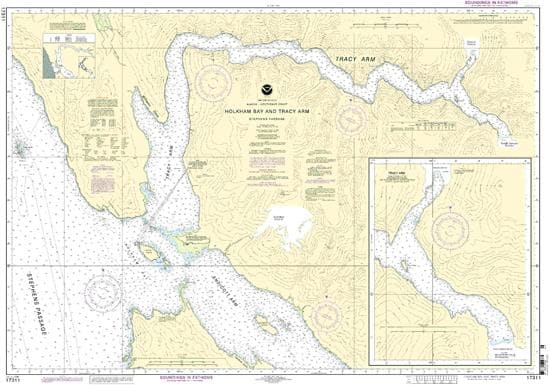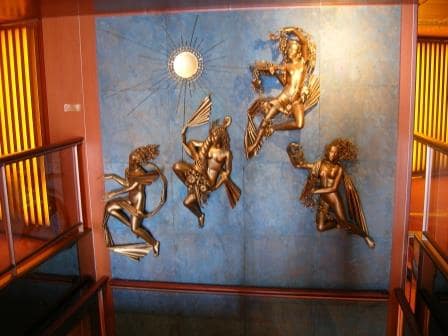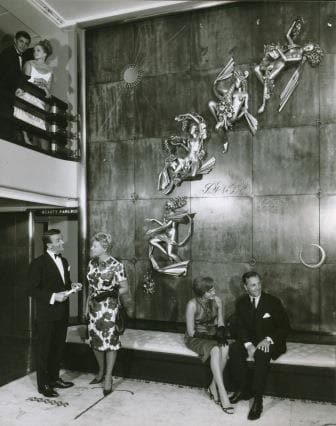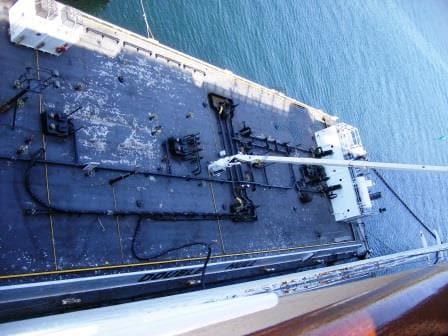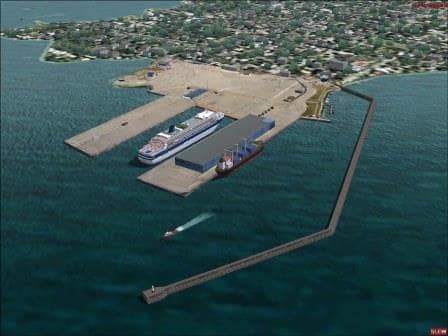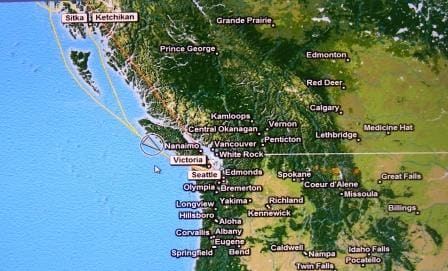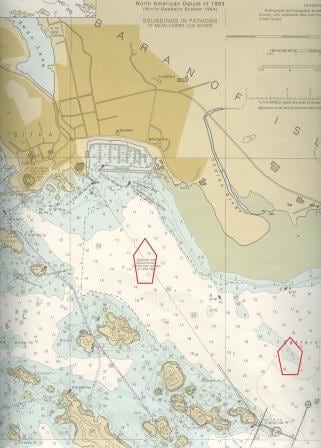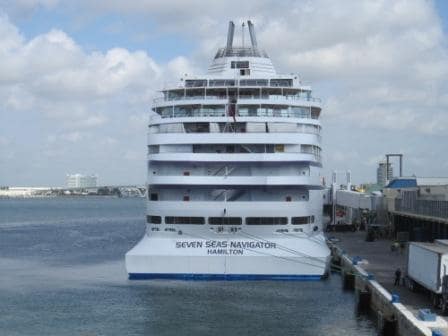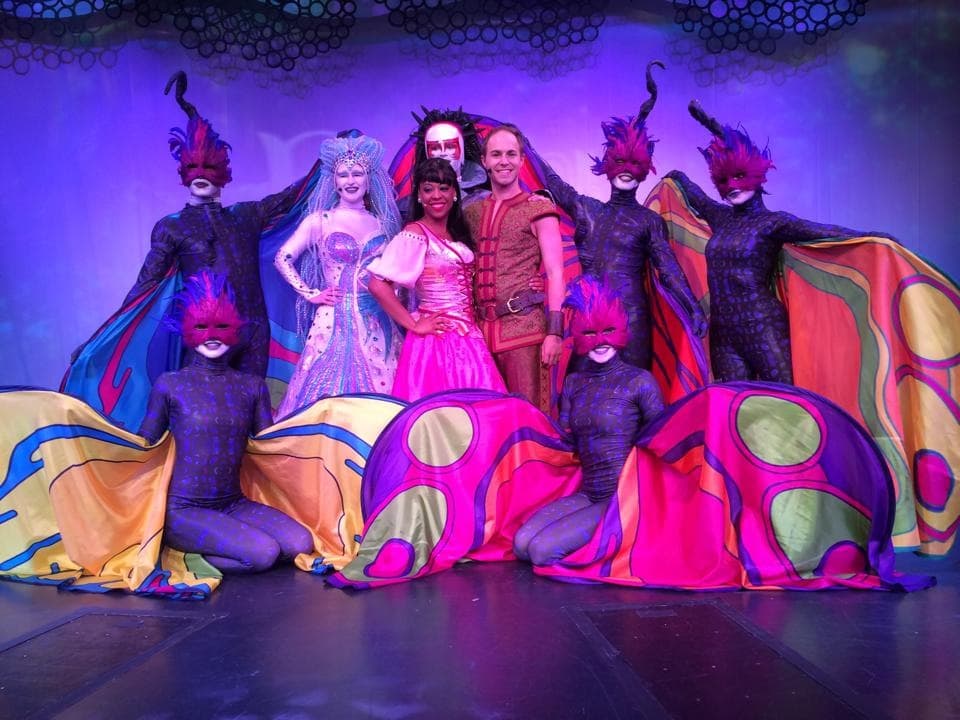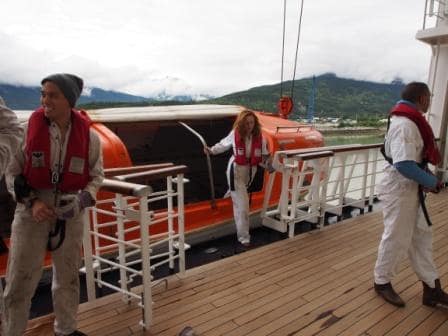Today we had weather that pleased everybody. It was dry and mainly overcast, hardly any wind and not too warm. A perfect day for sightseeing and shopping; and for the professionals not to be worried about getting low hanging clouds during the night. The Amsterdam was the first of a whole parade of ships coming in. During the day the Statendam arrived, followed by the Crown Princess and the Golden Princess. Together good enough for bringing over 7000 guests ashore. Life as a shopkeeper cannot be too bad in Juneau. Most of the shops in the downtown area, large and small, have been there as long as I remember. Some have grown in size but none have closed their doors. Except the Harley Davidson store near the Alaska Steamship Berth. That was something that did not amaze me at all. The road in Juneau only runs from the airport to just past the cruise terminals. I think the maximum length is 32 miles or so and that must lower the demand for a – King of the Road – touring motorcycle dramatically. Guests cannot take one on board and means that the only business would be merchandise. And how many motor HD enthusiasts would there be among 6000 guests coming ashore? In Ketchikan the HD sign is still on the front of one of the shop buildings but I do not know if they are still inside. Something to look at next time.
Today was lifeboat exercise day for the crew that needs to get the Lifeboat Assistant certificate for the new 3 alarm system. Juneau harbor is a perfect place for that, as most of the time Mount Roberts shelters the port from the wind and even if there is wind, then the free water surface area available is not enough to whip up waves. When lowering lifeboats with trainee’s inside you do not want waves as it makes the un-hooking of the boat more complicated and dangerous. Today all was quiet and team after team went down into the water, maneuvered and played with the boat and was then also instructed in the art of – safely coming back – to the ship.
All the crew are from the hotel department and vary from Entertainers (cast) to TV technicians, dining room stewards and even people from the Laundry. Although this is pure routine for me to help out with something like this, it is still always interesting to see how amateurs from a totally different background take to the whole proceeding.
The topic that suddenly surfaced today was the lack of a toilet in a lifeboat. So how do you go, when you have to go…….? Answer: bucket behind a curtain. Suddenly all interest was focused on where to get a curtain, what could you use as a curtain and how would you rig such a thing in a lifeboat. It is amazing what people can come up with – thinking outside the box – when necessity and urge grips them. So from 2 oars and a sea anchor it was deemed possible to screen off an area for privacy. The fact that this contraption took over half the lifeboat and thus most likely would not work with 150 people in the boat was not considered relevant. And I did not feel to be the right person to shatter their dreams.
So I am happy to say, that after 33 years with the company, I still come across new things that I have not experienced before. A sort of wigwam/tepee inside a lifeboat. Original it was, but practical??
Tomorrow we are in Sitka and then the trainee’s will get lifeboat inventory lessons and the chance to taste some of the emergency rations. That is also always a source of good fun.
